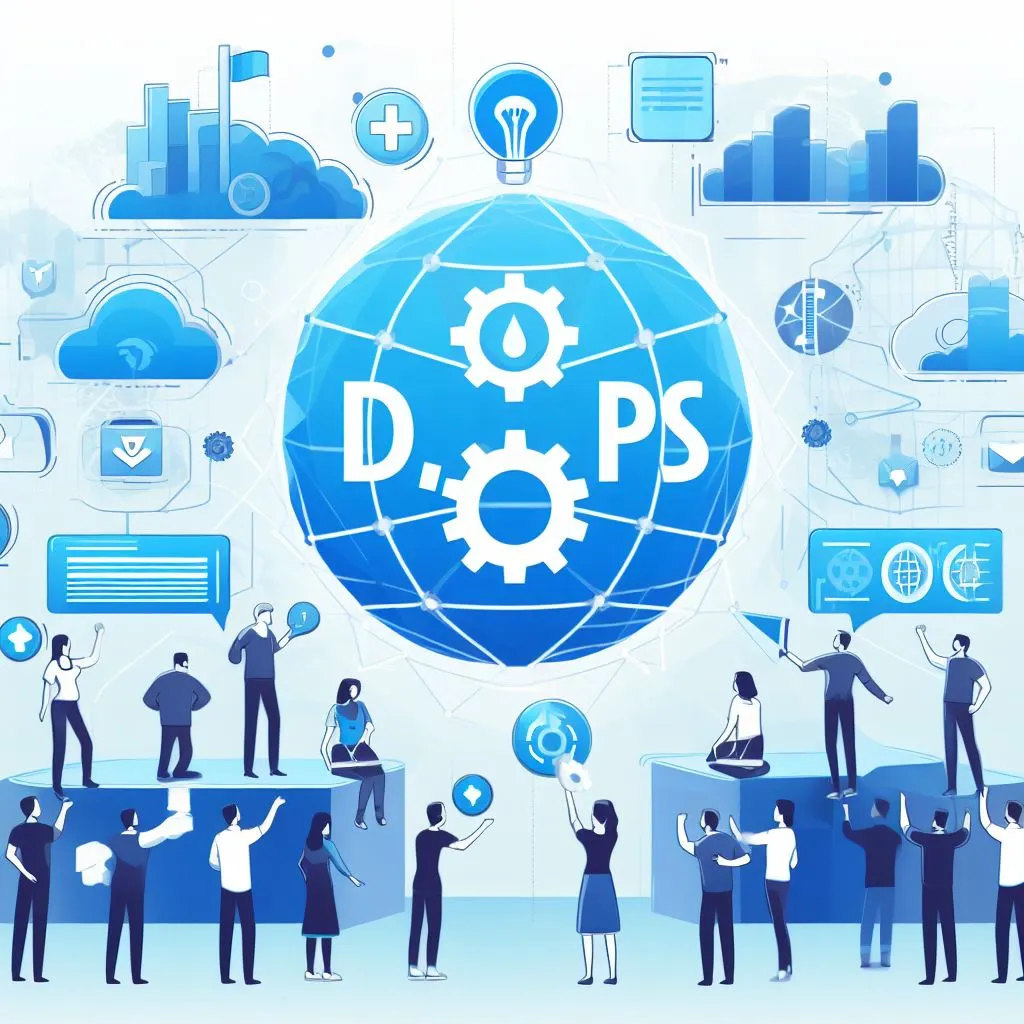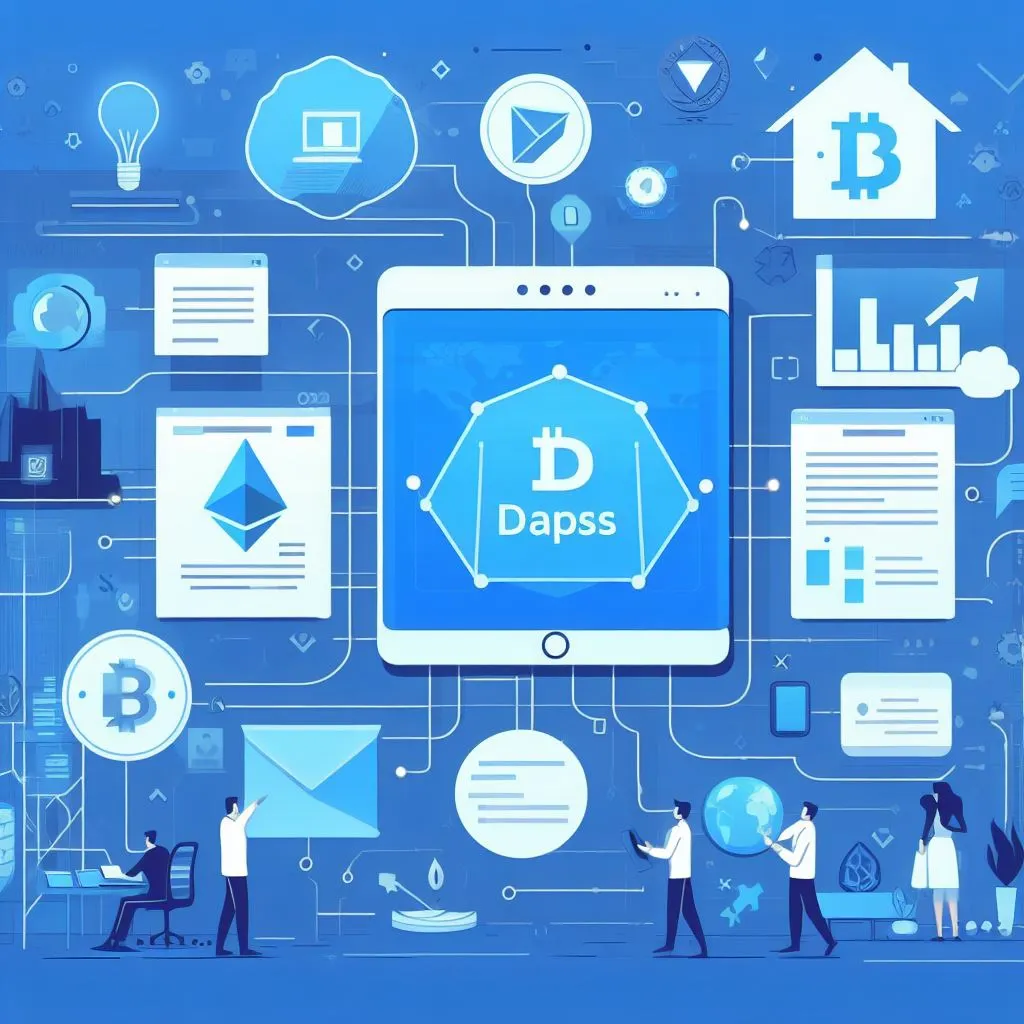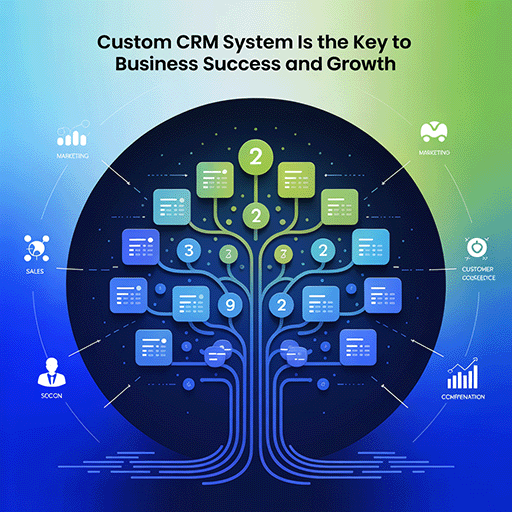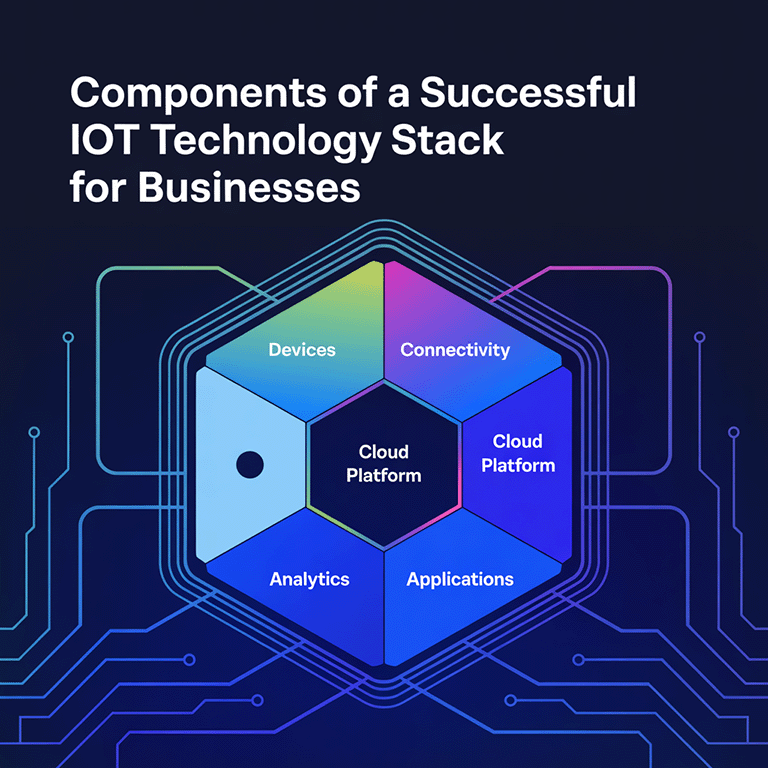
In this article, you will learn more about the future of blockchain technology. We’ll also share examples of DApps and discuss their advantages and disadvantages.
How Do DApps Work?
At its core, a DApp is a general-purpose application specifically deployed on the decentralized blockchain network first described and introduced by Ethereum. Decentralization allows users to experience the “impermissible luxuries” of today’s world, such as freedom from regulators, personal data collection, and all the associated costs of secure transactions.
A decentralized application must meet many necessary characteristics:
- Open-source. Full transparency and access to the application for anyone who wants to use it.
- Decentralized. Using the blockchain network as the operating infrastructure.
- Collateralized. Tokens are necessary to keep the application running.
- Algorithmic. A comprehensive consensus algorithm generates tokens.
The Difference Between DApps and Traditional Web Applications
Generally, all web applications have front-end and back-end components:
- Server side. To make it even easier to understand the functionality of these applications, let’s choose a car as an example. If the car is a web application, then the hood and interior are the front end of the application. That is, what the driver can see while sitting inside. The engine, which moves the car forward but is hidden, is the back end.
- Client side. Using the same car example, not every driver understands the intricacies of an internal combustion engine, just as users may not understand the technical specifications of an application.
The key distinction between decentralized apps and traditional web applications is that the server and interface parts of traditional applications are hosted on a single server. At the same time, DApps are hosted on a decentralized network of computer nodes that can be scattered around the world.
Decentralized Applications Pros and Cons

Ethereum emerged only six years ago, and decentralized apps have only started to gain popularity in the last two years. Many remarkable examples of DApps have situational rather than innate disadvantages, meaning that many of the current problems will not necessarily exist in the future.
DApp Benefits:
- Zero downtime
- Resistance to censorship
- Privacy
- Transparency
Users are generally free to interact with various examples of DApps. They can use their cryptocurrency wallet without providing or disclosing any personal identifying information. This adds an extra layer of security because all behavior in the chain is perfectly verifiable. The code of a decentralized application can be viewed and verified by anyone at any time.
Disadvantages of DApps:
- Difficulty in creating
- Poor user interaction
- Expensive to use
- Slow
- Prone to errors and hacks
While deterministic and autonomous code execution and the unauthorized nature of the blockchain offer security advantages, improper code execution can also cause severe damage. Even the most trivial error in code can lead to a major failure of a smart contract.
The most minor design errors can lead to catastrophic consequences, such as losing funds locked into a contract or overloading a contract until it cannot be used. A code audit performed by a reliable auditing company certainly provides some assurance to the average DeFi user, but a degree of uncertainty remains.
What Does the Future Hold for DApps Blockchain?

Decentralized applications will develop more rapidly and take the lead. This is possible because different types of DApps easily allow for innovation. In addition, such applications are not bound by trade secrets, copyrights, or patents. However, predicting how quickly technology will evolve and offer anything significant or life-changing is difficult.
How Do DApps Make Money?
The development and popularity of apps have increased over the past few years. This trend will likely be observed in future DApps. But how do DApps make money?
The monetization model is one of the most important elements of any app. Without a good monetization model, companies will not be able to invest in development and improvement. There are many traditional app monetization models. Each one applies to different types of apps. Some of the most common monetization models include:
- A free version with in-app purchases (IAP)
- A free model with premium features
- In-app purchases, advertising, and subscription model
- Use of smart contracts
- Use of decentralized financial arrangements (DeFi)
In addition, DApps can be monetized by issuing their cryptocurrencies or tokens that can be purchased.
Conclusion
Decentralized applications are expected to see big advancements, providing users with more capabilities and functionality than other applications can. However, the future of a decentralized app (DApps) depends on several important factors:
- They must scale up efficiently to support and attract more users;
- Such applications must be more secure than centralized applications, which are vulnerable to hacking and other security issues;
- They must provide a better user experience than centralized apps.
Soon, DApps will reach a new level of development: they will be able to fulfill all these three objectives and provide a better experience at a competitive price compared to existing solutions from traditional companies.




